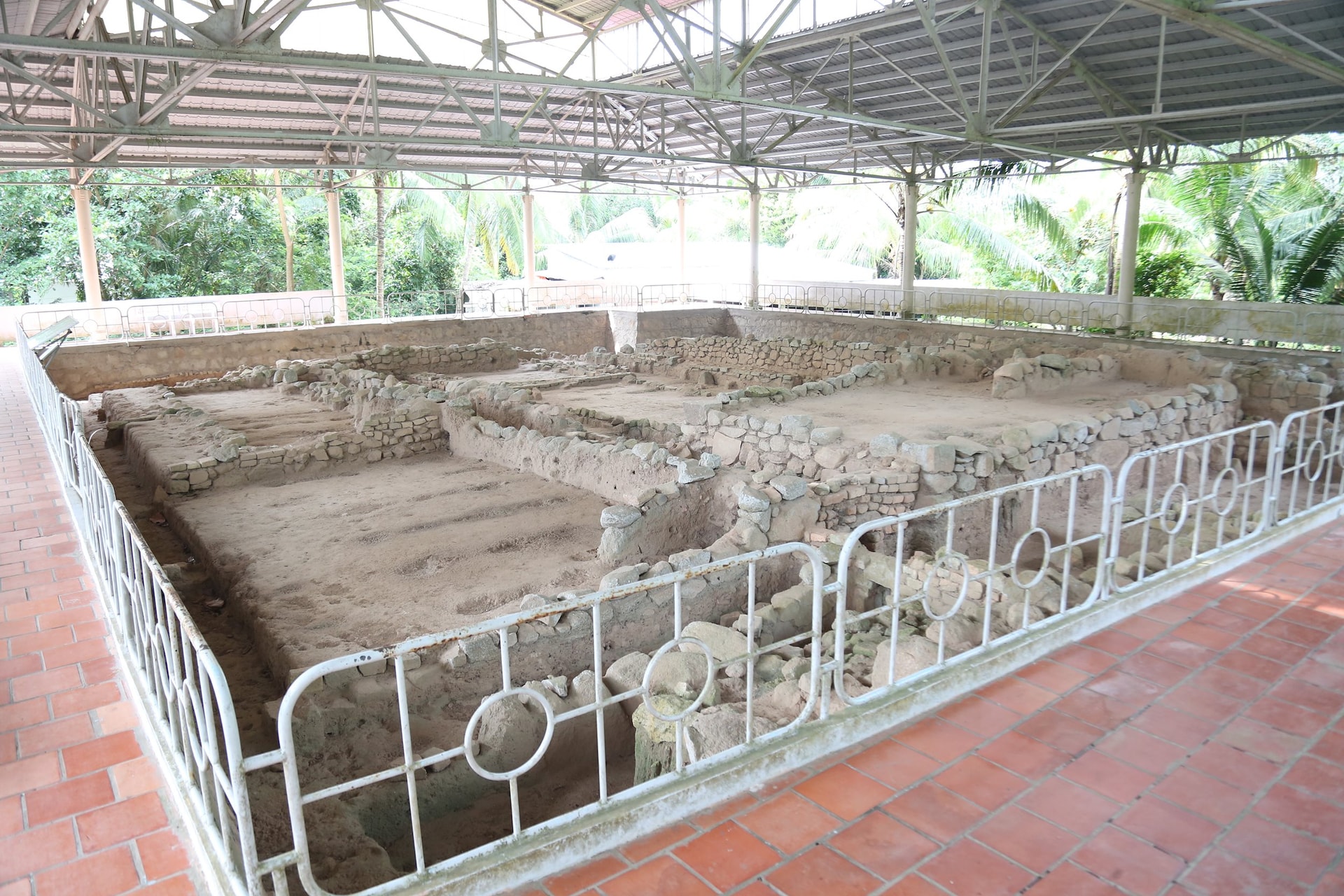
Traces of ancient urban areas
According to the Management Board of Oc Eo Cultural Relics in An Giang province, Oc Eo Culture is a scientific term for an archaeological culture, formed and developed from the 1st to the 7th century or possibly lasting until the early 8th century AD in the lower Mekong Delta, in the Southern region - Vietnam today. This is the material culture of the kingdom of Phu Nam, an early state in Southeast Asia, with a wide influence in the region and Asia from the first centuries AD.
Going back in time more than 80 years ago, Oc Eo Culture was known after the archaeological excavation at Oc Eo field (in Oc Eo town, Thoai Son district, An Giang province) conducted by French archaeologist Louis Malleret. From the excavation results, Louis Malleret officially named this culture as Oc Eo Culture. Since then, many localities in the Mekong Delta, over time, have continuously explored and discovered many relics and sites belonging to the Oc Eo Culture. But the most typical and important is still the Oc Eo - Ba The National Special Monument Site.
Oc Eo - Ba The relic site has about 40 relics, architectural sites of beliefs, residences, burial tombs... discovered, explored, excavated and preserved; tens of thousands of artifacts have been collected from the beginning of the 20th century to the present such as statues of gods, fine arts, jewelry, household and production utensils, means of transport, architectural and decorative materials, ancient coins... with many materials and types, genres (stone, baked bricks, pottery, wood, glass, precious stones, metals, gold, agate...)
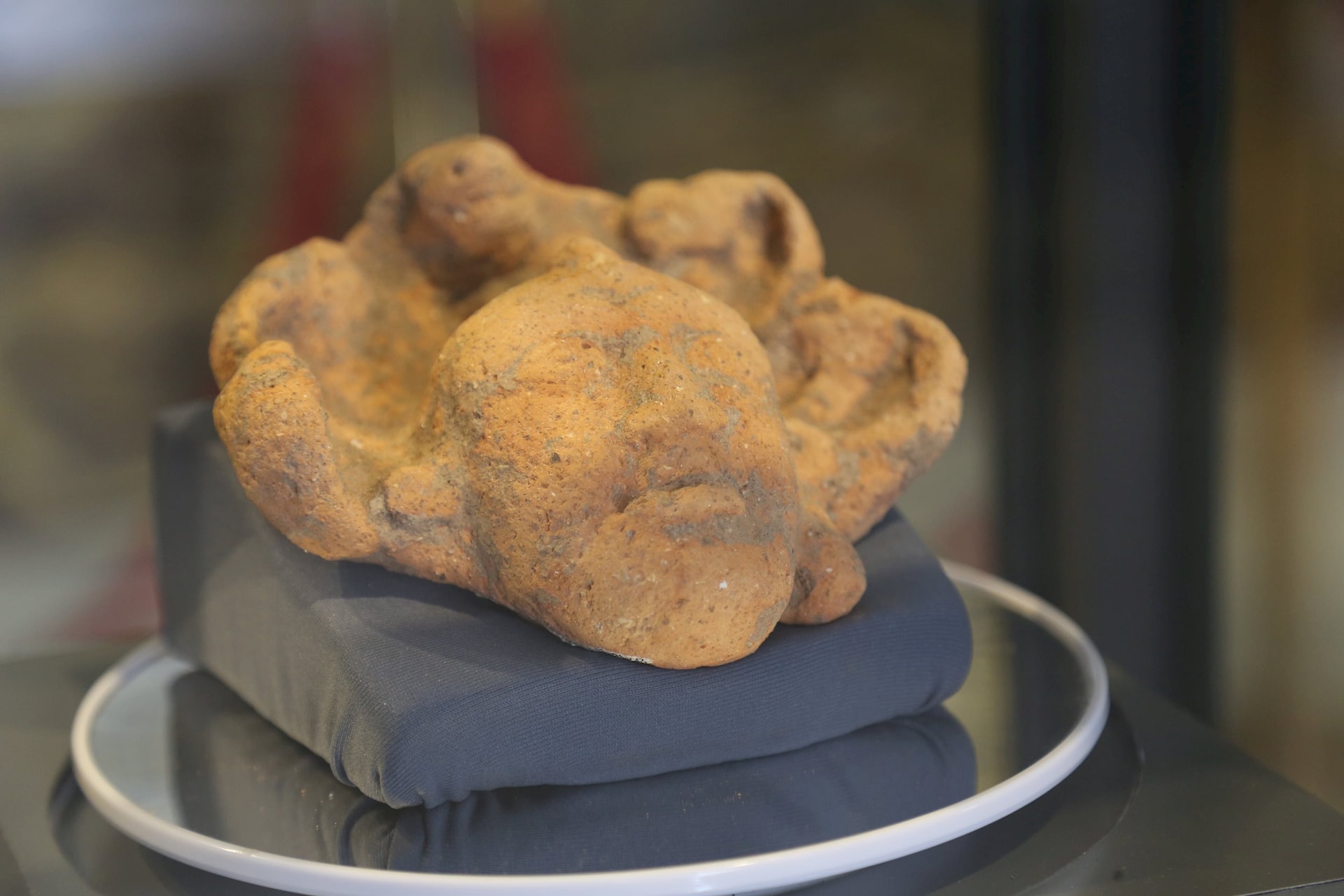
Linh Son Bac Buddha Head - One of the rare Buddha heads discovered in the Oc Eo - Ba The area dating from the 4th-7th century.
Dr. Truong Dac Chien - Member of the consulting group to develop the nomination dossier for the Oc Eo - Ba The archaeological site to submit to UNESCO for inclusion in the World Cultural Heritage List, said that the Oc Eo - Ba The relic site is a complex complex including residential centers, religious architecture, craft workshops, ancient canals and burial areas distributed from the slopes of Ba The mountain to the Oc Eo field. Based on archaeological studies, especially the space-time divergence diagram of Pierre-Yves Manguin, the formation and development process of the relic site can be divided into three main stages:
Phase I, this is the early urban formation period (around the 1st century BC - 3rd century AD). It is also the initial formation period of the Oc Eo - Ba The urban area. Residential sites are dominant, reflecting a stable settled community. The thick cultural layer, containing many ceramic, wood, charcoal and ash relics... shows that residential activities, handicraft production and agriculture developed early.
Phase II is the heyday of the Oc Eo - Ba The urban area (around the 4th - 7th century). This period witnessed an explosion in scale, density of relics and complexity in spatial organization. Religious architectures and brick - stone architectural works were built densely. The structure of the citadel - moat surrounding the "Oc Eo city" appeared clearly. Types of burials such as cremation tombs/brick tombs, jar tombs appeared.
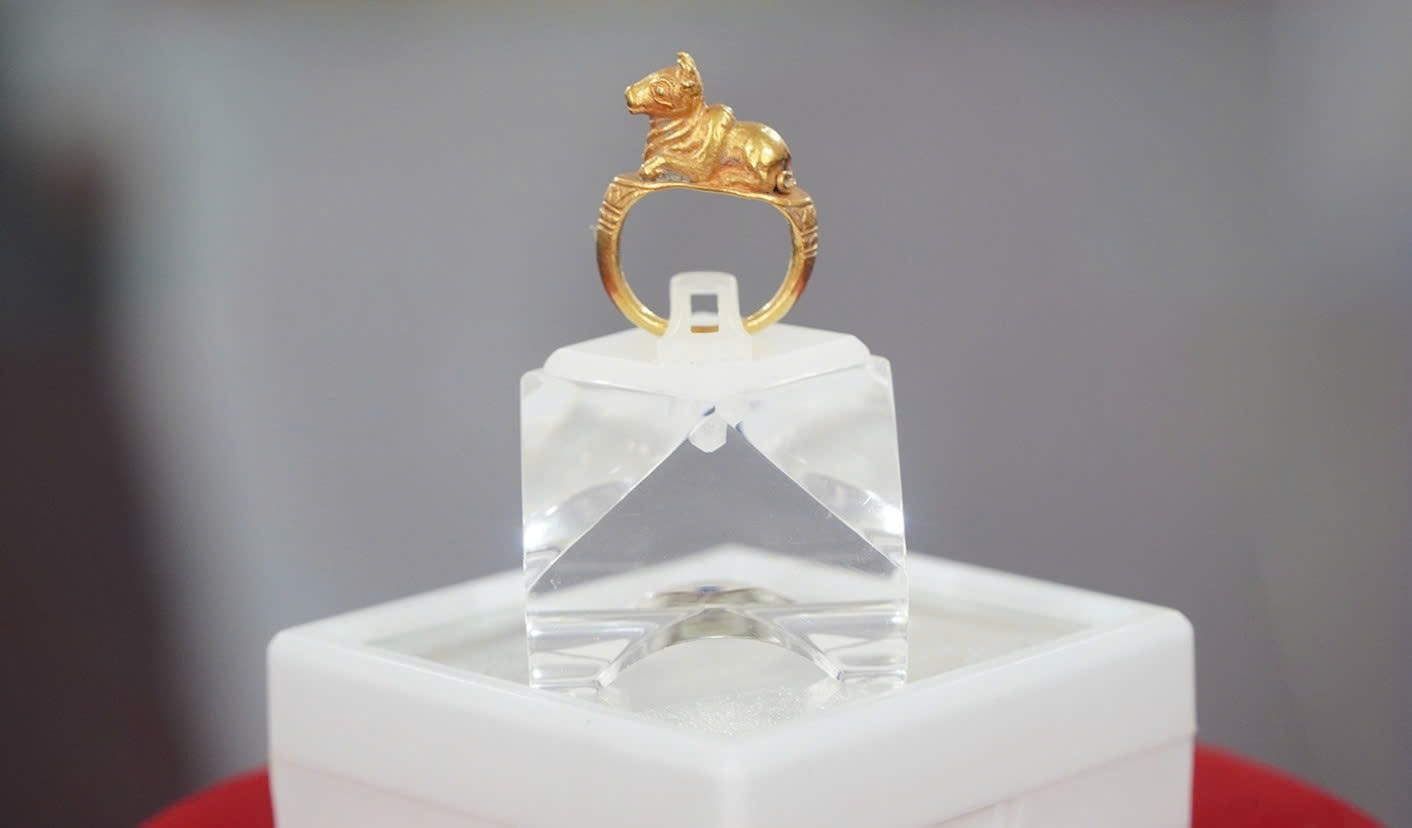
Nadin Giong Cat Ring, dated 5th century - Artifact discovered at the excavation of Go Giong Cat relic (Oc Eo - Ba The relic site) in 2018.
Phase III, transition and transformation (around the 7th - 12th centuries). After the 7th century, the relic site underwent changes in function and space. The architecture in this phase often overlapped the old foundation, with forms and materials typical of pre-Angkorian times, with the presence of granite and recycled bricks. The space of the ancient "Oc Eo city" was no longer as developed as in the previous phase, instead, there was a clustering and restructuring of the ritual and residential space around the Ba The area, reflecting the transfer of power and political and cultural influence from Funan to Chenla.
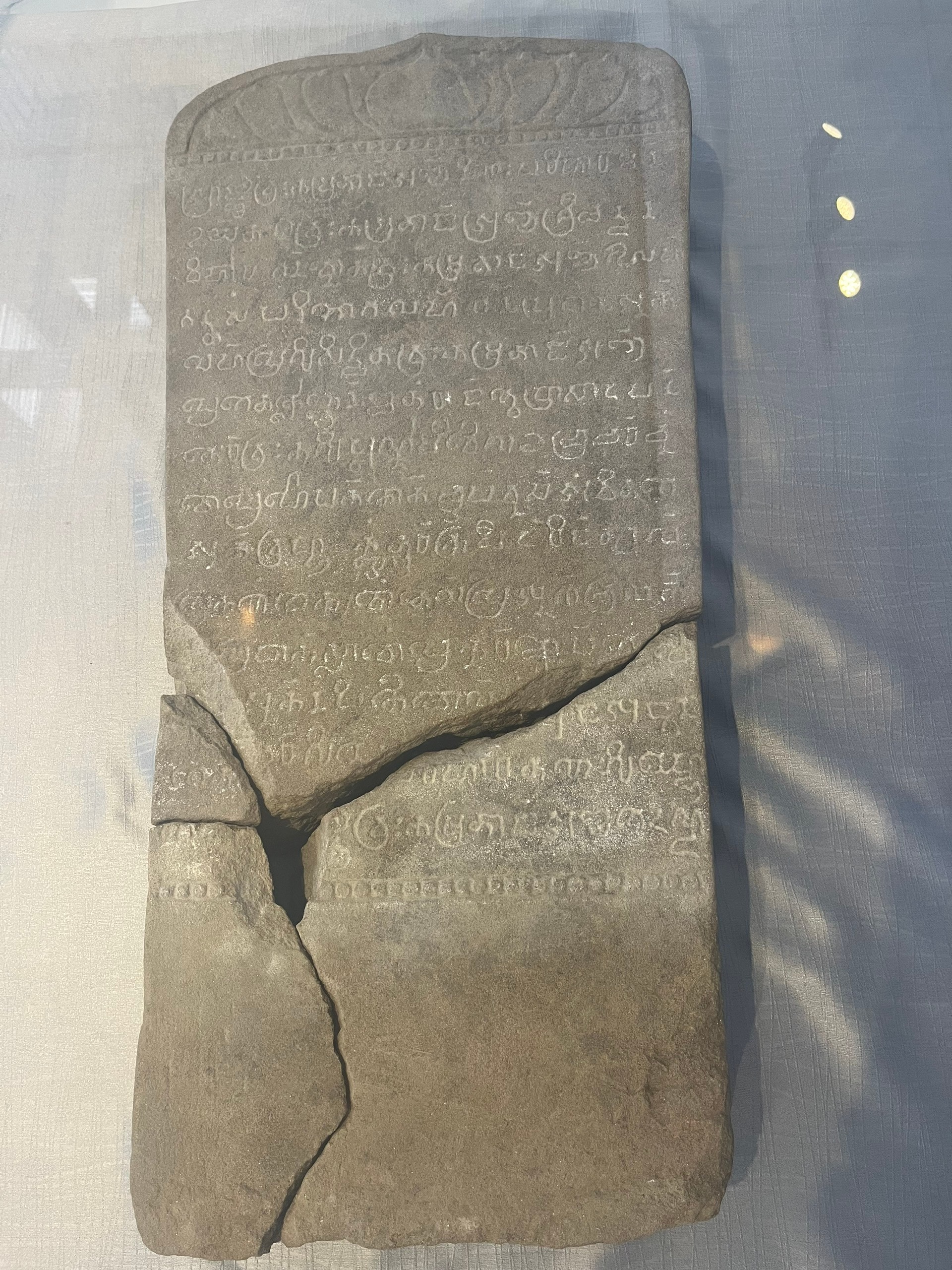
Stone stele, dated 2nd-7th century, excavated at Linh Son Bac relic site in Oc Eo - Ba The relic site.
According to Dr. Truong Dac Chien, the Oc Eo - Ba The relic site represents a continuous and long-term cultural development process, lasting from the last centuries BC to the 12th century AD, with more than 1,000 years of history. This is a prominent evidence for the formation and development of a highly complex ancient urban center, going through many stages of expansion, transformation and adaptation.
The Oc Eo - Ba The relic site represents a unique urban - port model, formed and developed in the coastal - flooded environment of the lower Mekong River. This is one of the earliest examples in Southeast Asia of a large-scale power - economic - religious center planned and organized according to a geometric layout, associated with a system of artificial canals and flexibly adapted to specific terrain and hydrological conditions.
The center of Oc Eo was surrounded by a system of moats - citadels and canals arranged along perpendicular axes, forming a checkerboard-shaped urban area of a scale rarely seen in the Southeast Asian region at the same time. Inside the citadel, residential clusters, temples, workshops and tombs were deliberately distributed in clusters, reflecting the effective planning and territorial management ability of a high-ranking power institution. The canal network - typically the Lung Lon canal - both played the role of transportation, drainage, and connected the urban area with the estuary and surrounding areas, creating a port model associated with international trade.
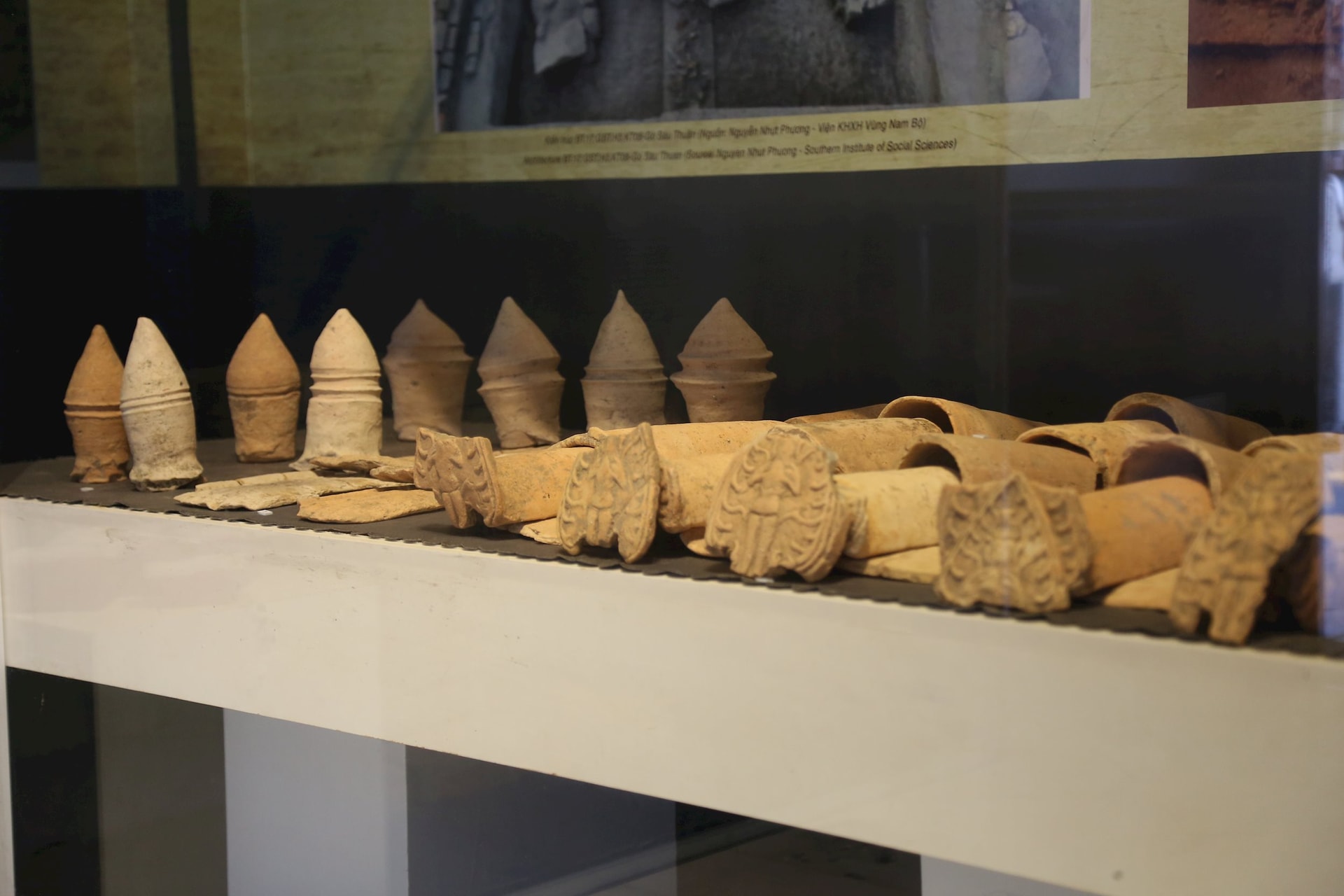
Artifacts on display at the Oc Eo Culture Exhibition House in An Giang.
Converging outstanding values to become a world heritage
With its outstanding historical, cultural and scientific values, in 2012, the Oc Eo - Ba The Archaeological and Architectural Site was ranked as a Special National Monument. In January 2022, the World Heritage Center included the Oc Eo - Ba The Archaeological Site in the list of proposed World Cultural Heritage sites. An Giang Province is focusing on implementing the final steps of the nomination dossier and heritage management plan. It is striving to submit the draft nomination dossier before September 30, 2025; and to submit the official nomination dossier to the World Heritage Center before February 1, 2026.
According to Prof. Dr. Dang Van Bai - Vice Chairman of the National Cultural Heritage Council, cultural heritage is not only what remains from the past - it is also the source of identity formation, a bridge for dialogue between civilizations. In that journey, the Oc Eo - Ba The relic site stands out as an important "intersection" between the historical, economic and cultural flows of the region. Prof. Dr. Dang Van Bai commented that the Oc Eo - Ba The relic site has great potential to become a world heritage. It is representative of the ancient port of Southeast Asia, a testament to the East - West exchange, and a clear mark of a delta civilization with outstanding adaptability and creativity.
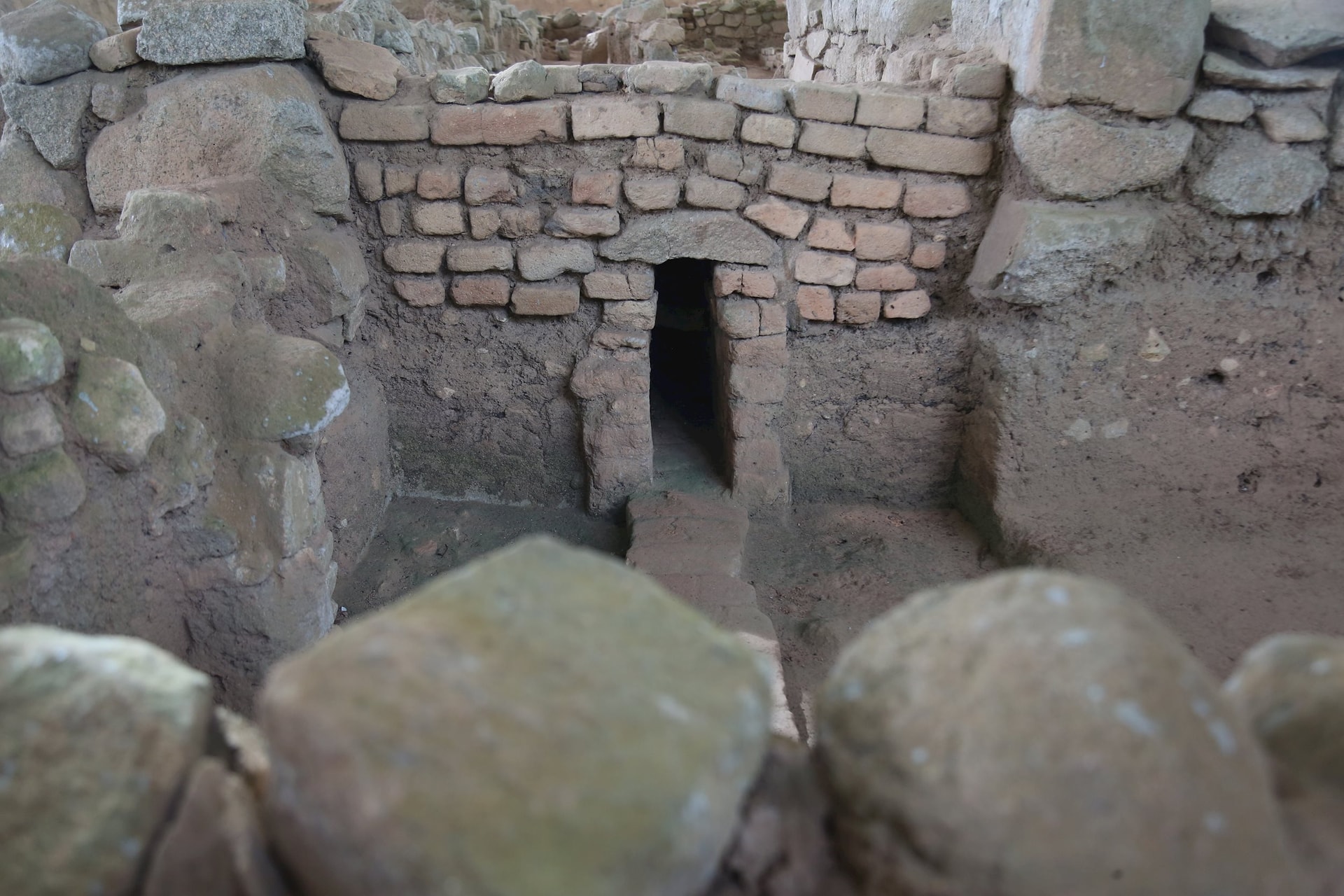
Linh Son Nam relic belongs to Oc Eo - Ba The relic site.
Dr. Truong Dac Chien - a member of the consulting group building the nomination dossier for the Oc Eo - Ba The archaeological site to submit to UNESCO for inclusion in the World Cultural Heritage List, said that based on the criteria of outstanding global value of world heritage, the Oc Eo - Ba The archaeological site can meet the criteria: Demonstrating an important intersection of human values, over a period or within a cultural region of the world, in terms of developments in architecture, or technology, the art of building temples, urban planning or landscape design. At the same time, it meets the criteria: Containing a unique or at least very different evidence of a cultural tradition or a civilization that is still existing or has perished.
In addition, this site also meets the criteria: An outstanding example of a traditional human settlement, land use or sea exploitation, representing a culture(s), or human interaction with the environment, especially when it has become vulnerable due to the effects of irreversible change.
Vice Chairman of An Giang Provincial People's Committee Le Trung Ho emphasized: "The government and people of An Giang always determine that preserving and promoting the value of the Oc Eo - Ba The archaeological site is not only a responsibility to the past but also a practical action for the present and the future. We are committed to closely coordinating with specialized agencies, international organizations, and scientists to build a solid, authentic, and convincing scientific dossier to bring the Oc Eo - Ba The archaeological site closer to the title of World Heritage, contributing to the common cultural treasure of humanity."
Source: https://daidoanket.vn/oc-eo-ba-the-huong-den-di-san-van-hoa-the-gioi-10313597.html


![[Photo] The 5th Patriotic Emulation Congress of the Central Inspection Commission](https://vphoto.vietnam.vn/thumb/1200x675/vietnam/resource/IMAGE/2025/10/27/1761566862838_ndo_br_1-1858-jpg.webp)



![[Photo] National Assembly Chairman Tran Thanh Man receives Chairman of the House of Representatives of Uzbekistan Nuriddin Ismoilov](https://vphoto.vietnam.vn/thumb/1200x675/vietnam/resource/IMAGE/2025/10/27/1761542647910_bnd-2610-jpg.webp)
![[Photo] Party Committees of Central Party agencies summarize the implementation of Resolution No. 18-NQ/TW and the direction of the Party Congress](https://vphoto.vietnam.vn/thumb/1200x675/vietnam/resource/IMAGE/2025/10/27/1761545645968_ndo_br_1-jpg.webp)


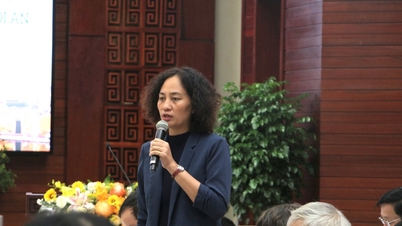

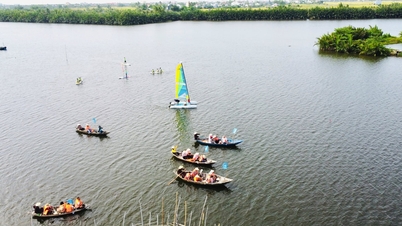



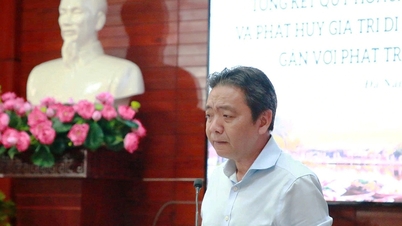









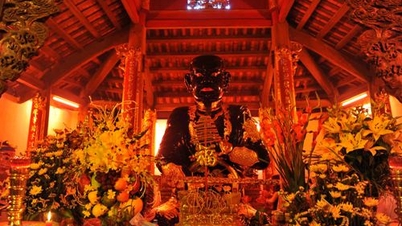







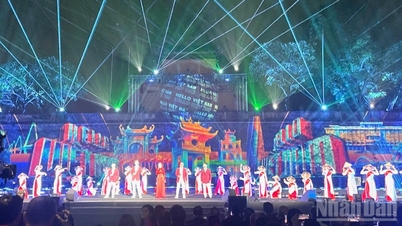
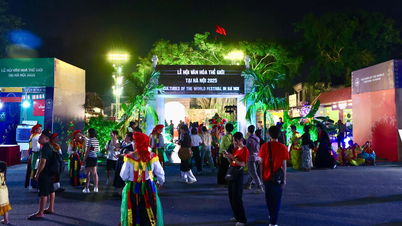






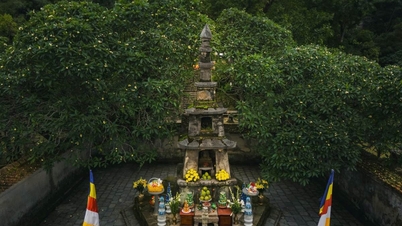




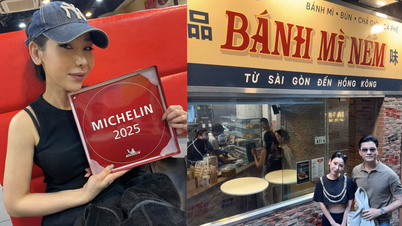
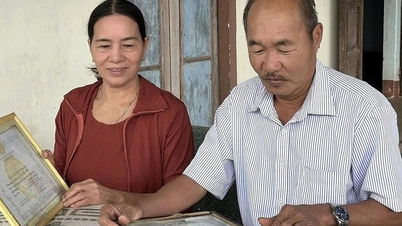







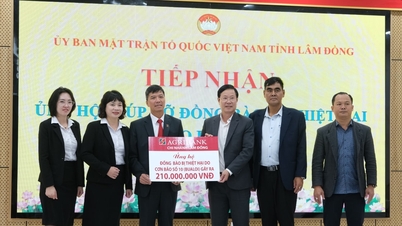














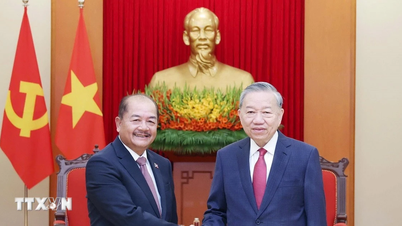




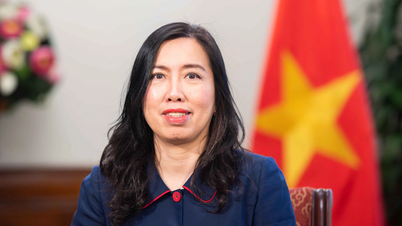
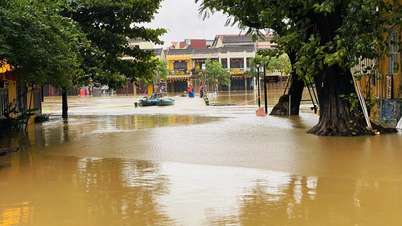
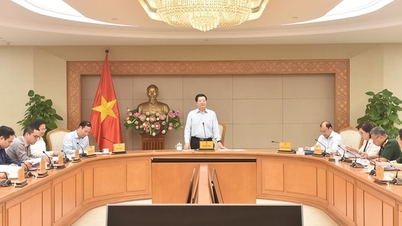

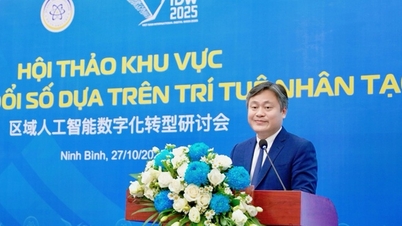
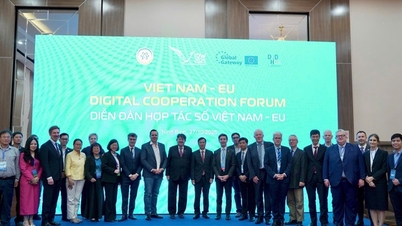


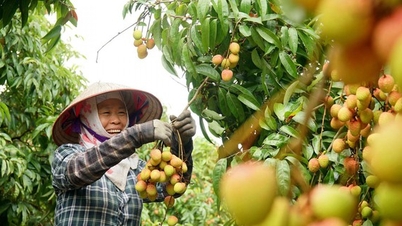

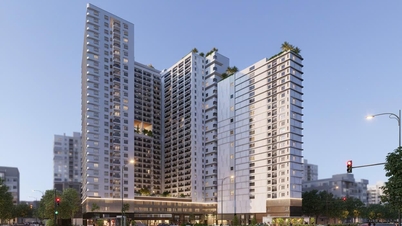



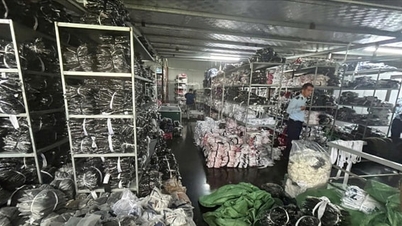















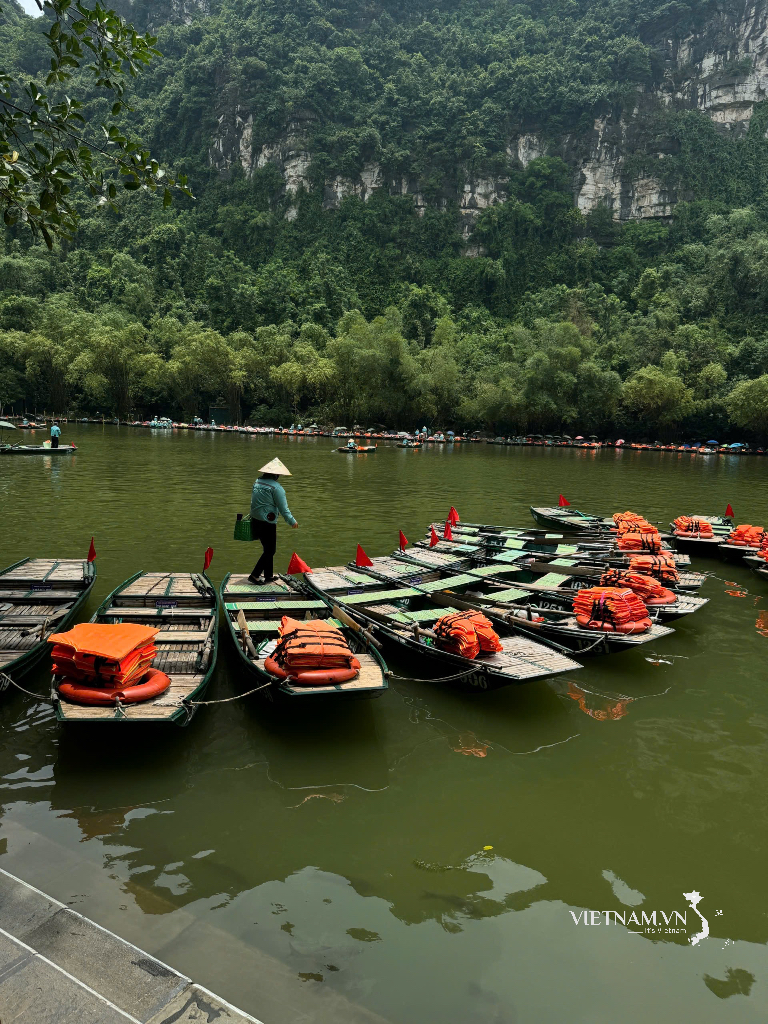
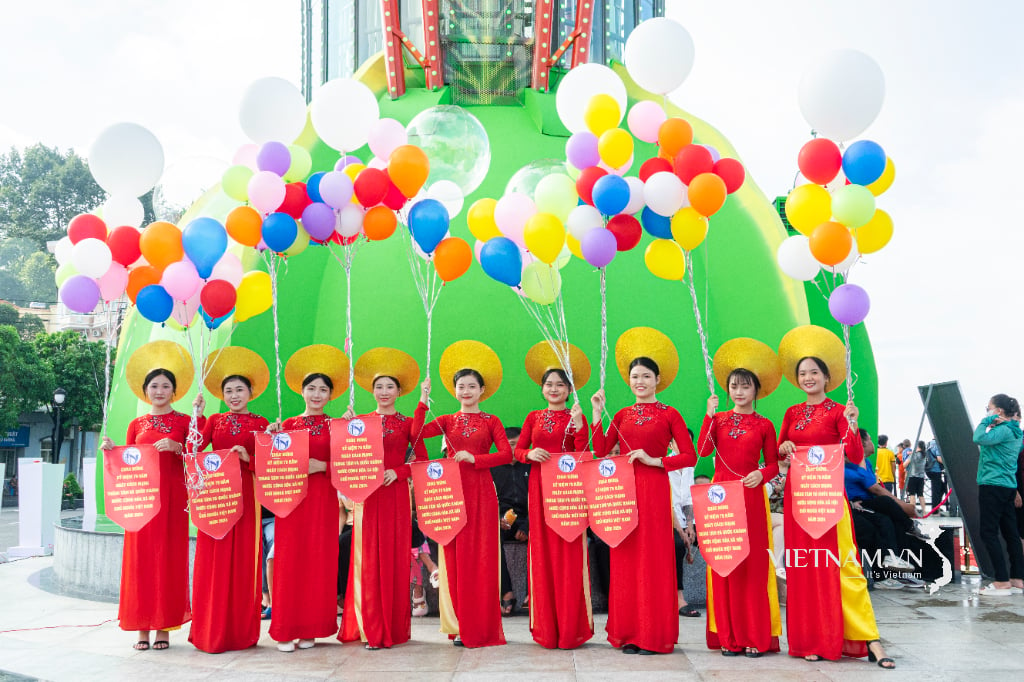
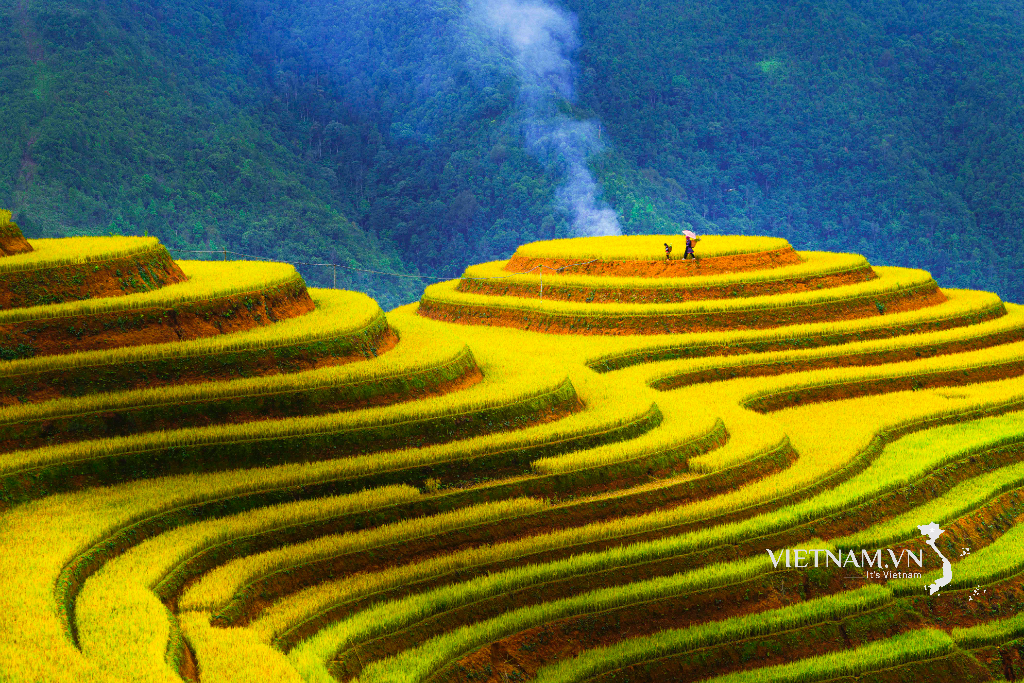

Comment (0)